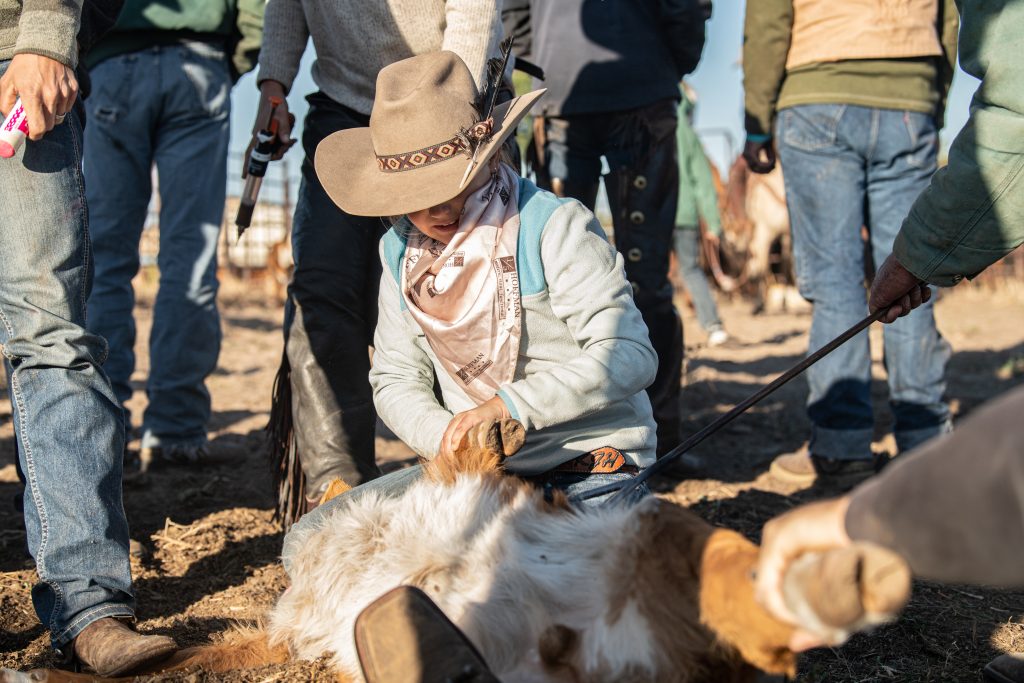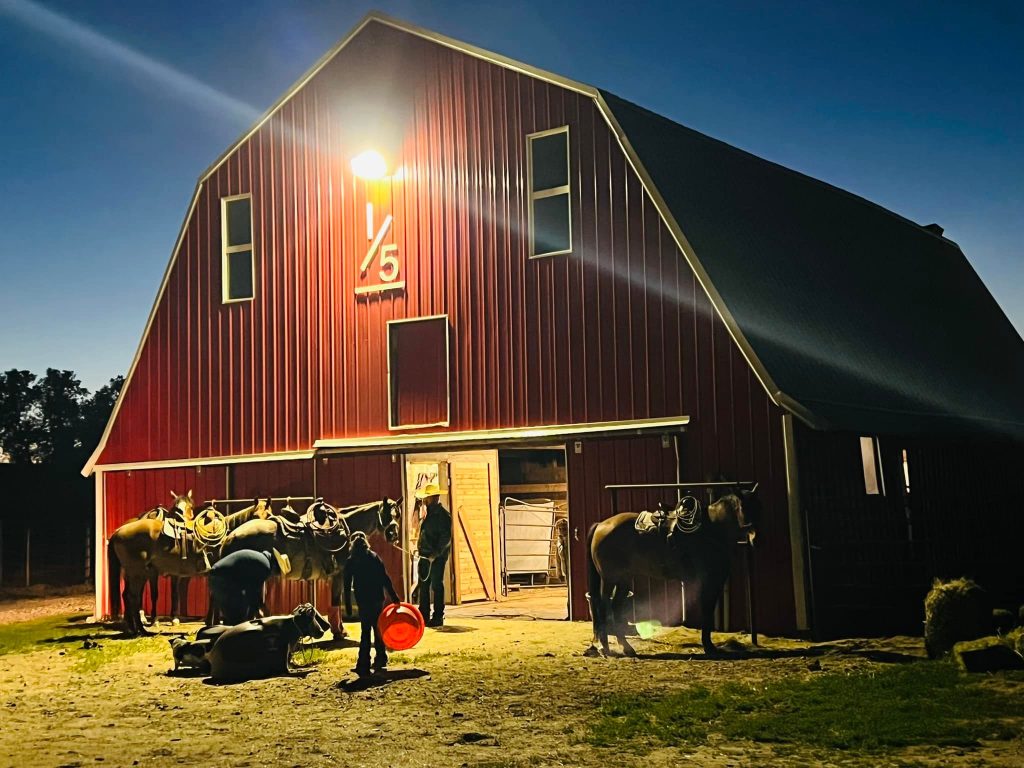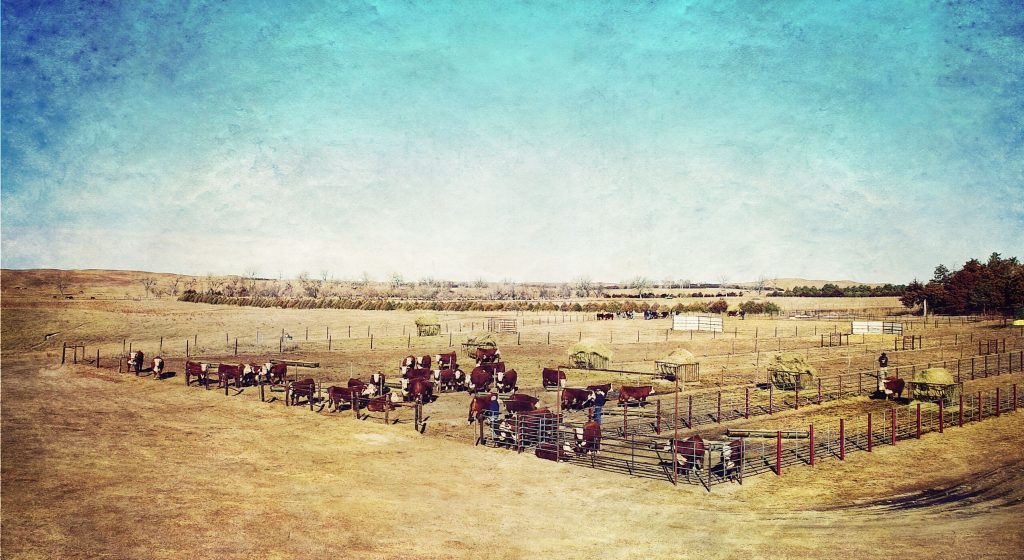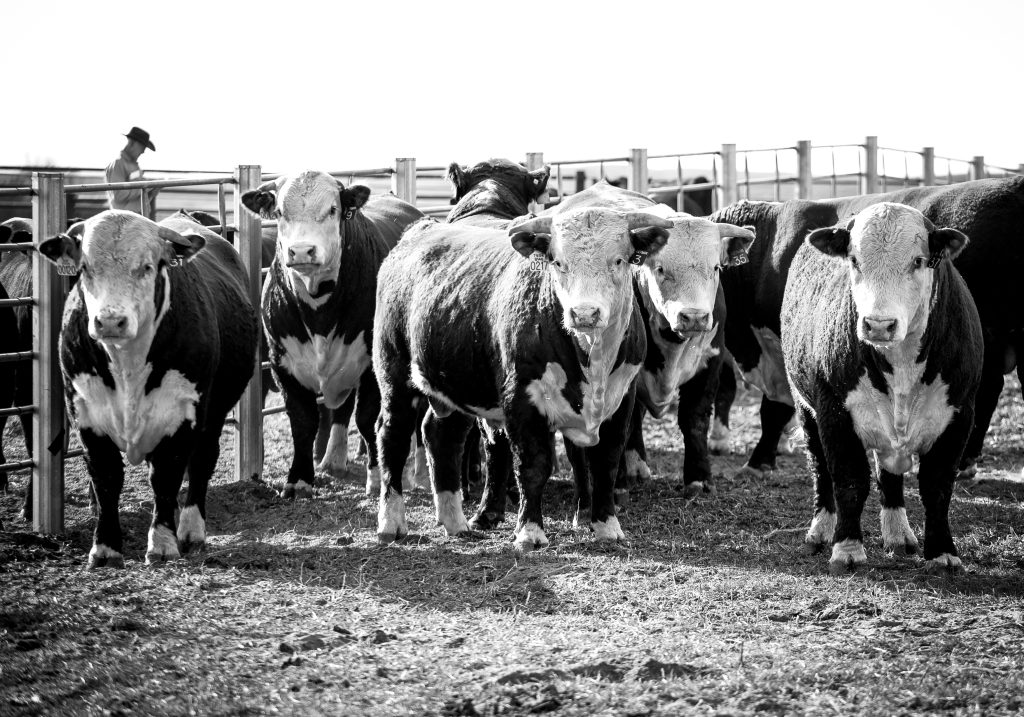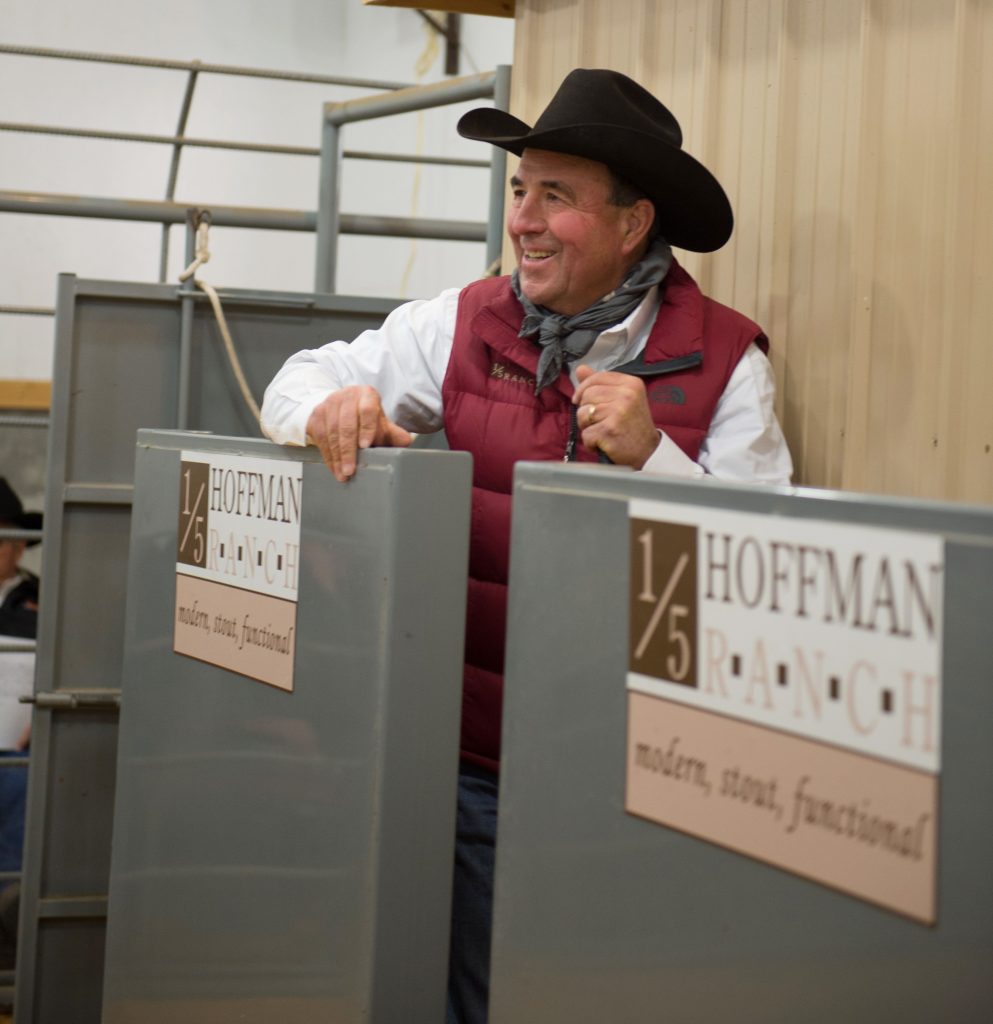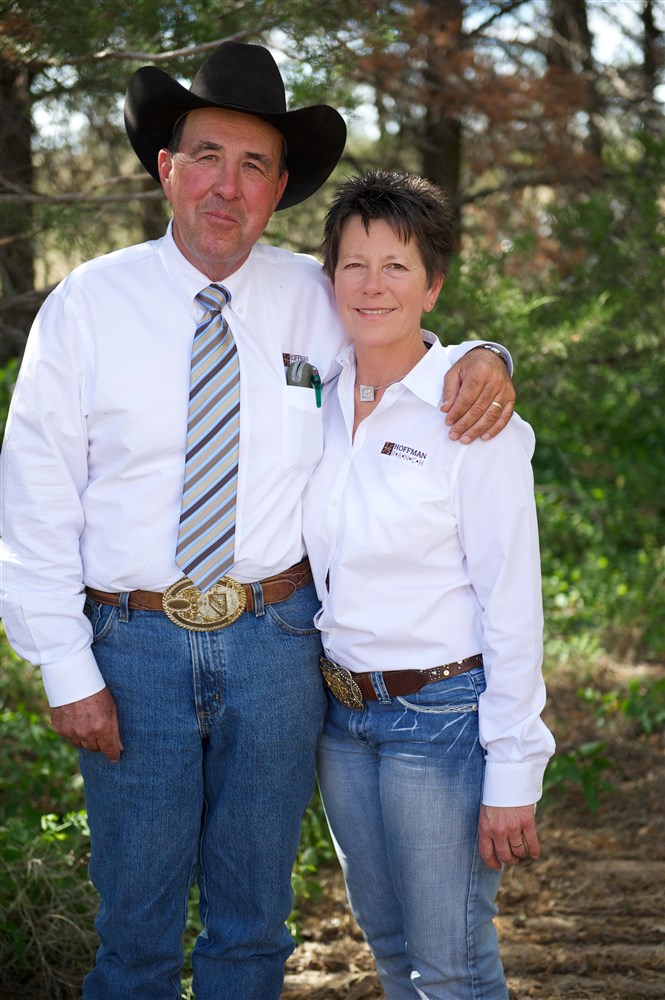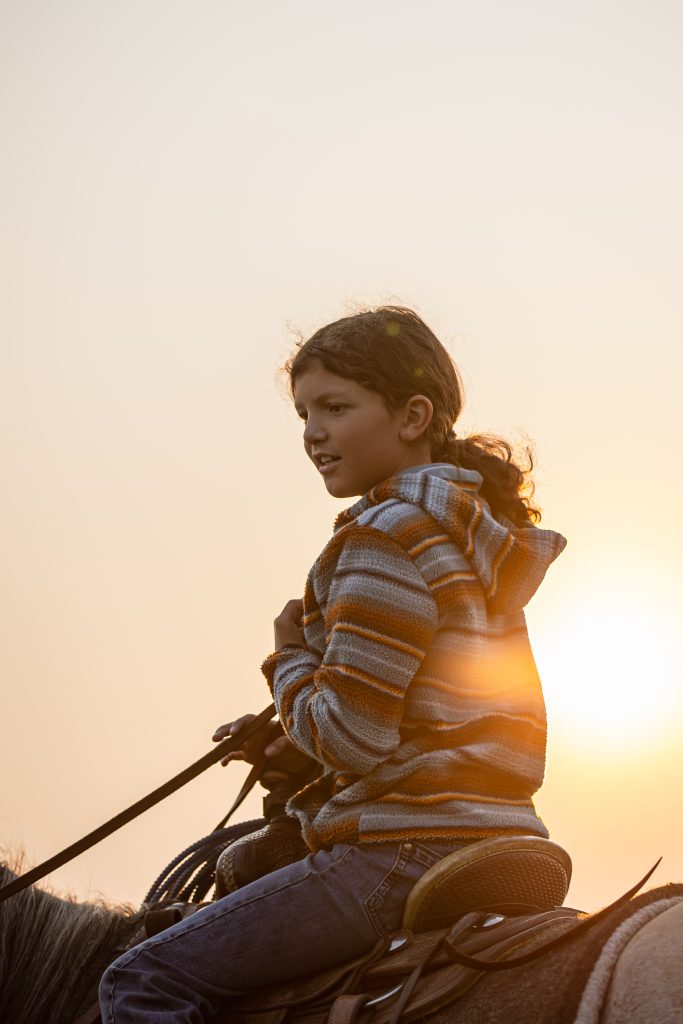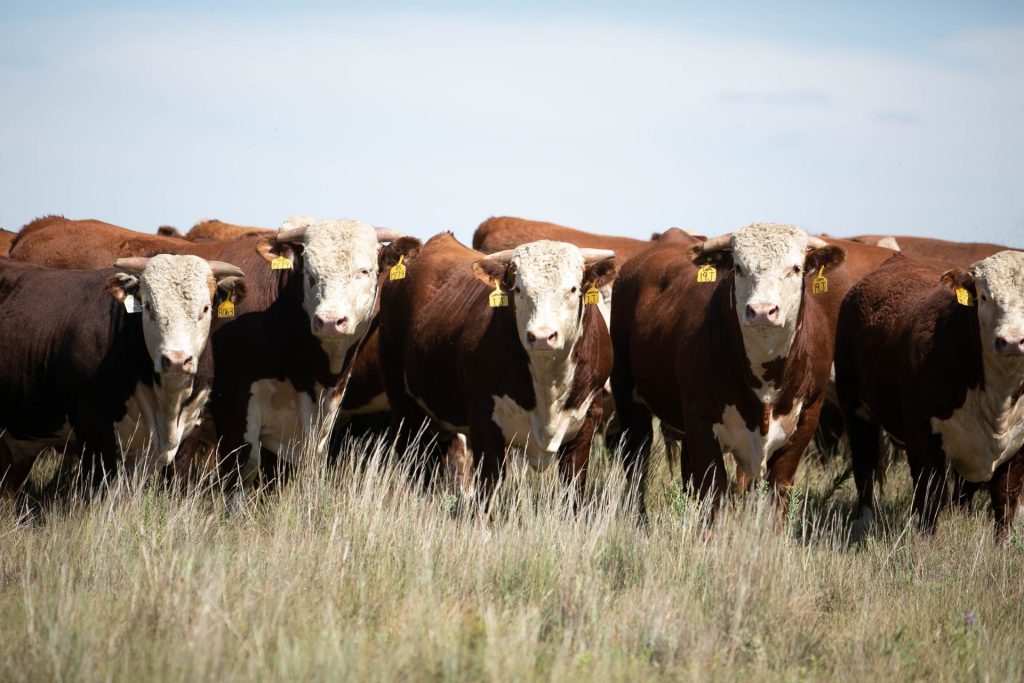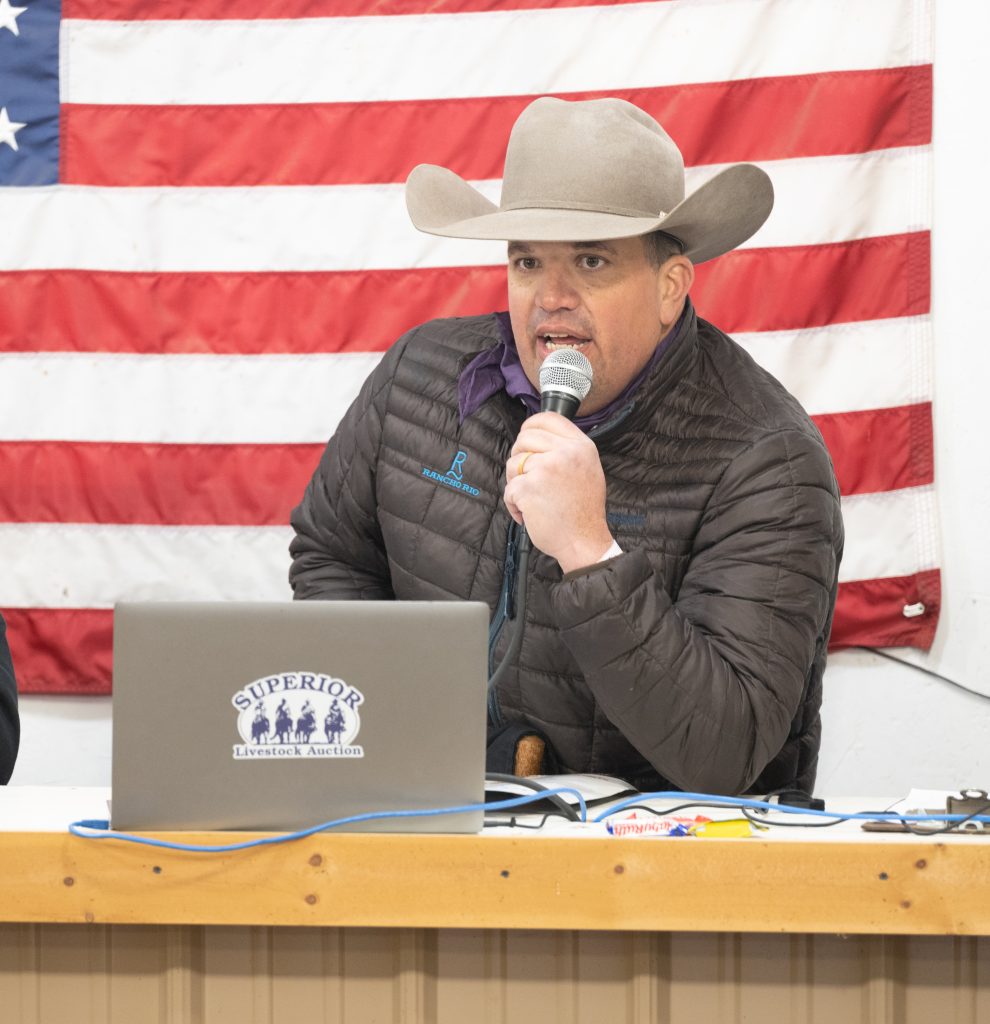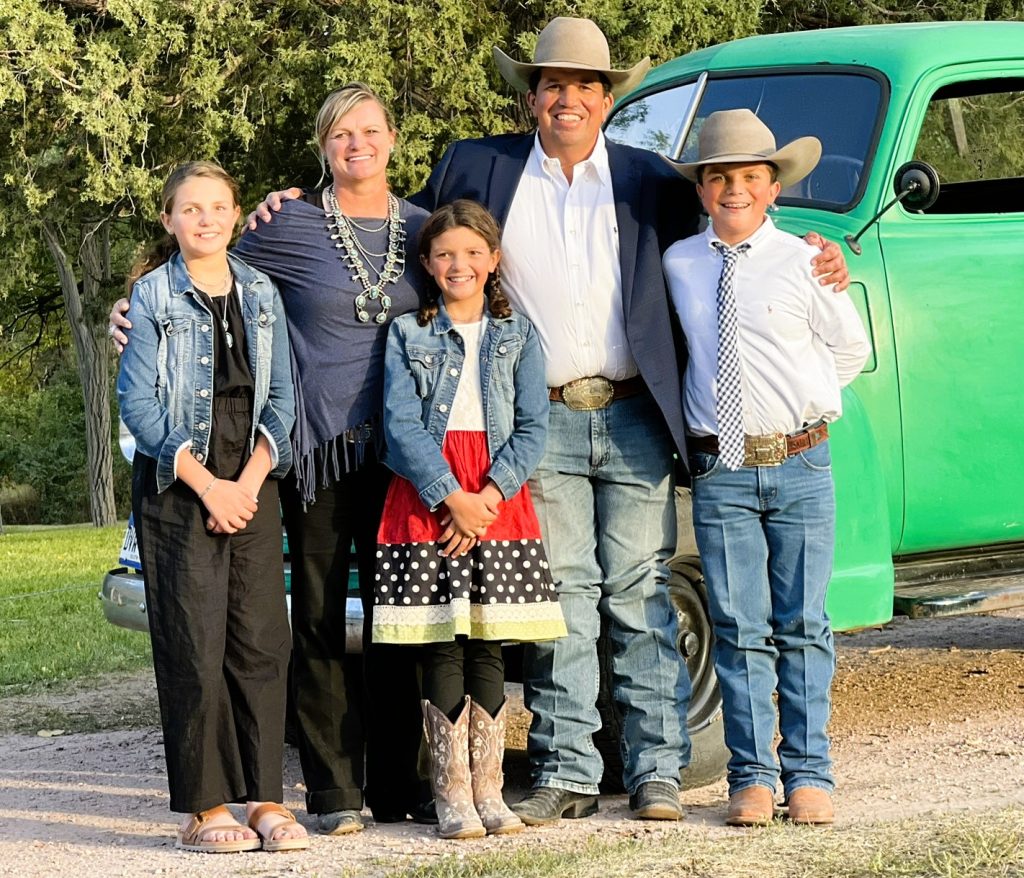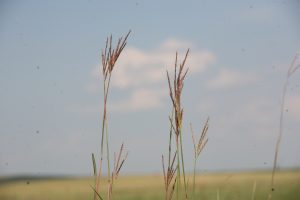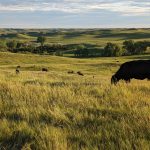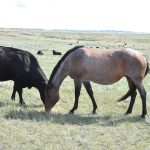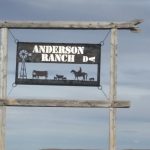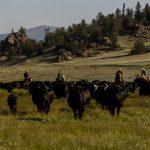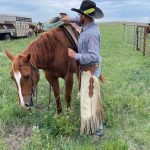Fall Cattle Journal 2025 | Hoffman Ranch: Balanced Cattle, Balanced Land
Function and practicality are the roadmap that has guided Hoffman Ranch for as long as the operation has been around, no matter their location. What first began in central Oregon, slowly transitioned to northern California, before moving halfway across the country to the Nebraska Sandhills.
The dry, arid climate of the Nebraska Sandhills is a stark contrast to the Pacific Northwest where Denny Hoffman became enthralled with cattle. His love for good cattle is genetic, but it’s been refined by his family and a wide array of industry peers.
“Cattle have always been something that I just can’t get enough of; I’ve always been that way,” Denny said. “My son, Jason, is the same way. And at least one of his three kids appears to be like that too. We just can’t help it, we love cattle.”
Growing up in Oregon on a diverse agricultural operation with his grandparents, Denny learned early and often what a hard day’s work looked and felt like. His grandparents were “old school,” in the sense that they did whatever it took to get the job done and did it well.
“I idolized them; they were hard working people and, consequently, that made me the same way,” Denny said.
The work ethic transcends generations as Jason now holds the reins for the operation his parents spent most of their life building.
“I got my first heifer in 1958 as a 4-H project; it was a Hereford of course,” Denny said about the brown and white breed that still fills up his heart and pastures today. “After I graduated from Kansas State with a degree in animal science, I went to work for Stone Hereford Ranch in Hermiston, Oregon.”
His time in Hermiston laid the foundation for Hoffman Ranch that’s grown from a few hundred head to well over 2,000 in 2025.
“I was exposed to good genetics, good cattle, good methods, and good cattle people,” Denny said. “I learned a tremendous amount there, but I always had a huge desire to run my own cattle operation one day.”
California or Bust
A few other purebred operations would shape Denny as a cattleman before he began building a herd from scratch. For 17 years he managed the Inter Mountain Fair in McArthur, California, which is one of the oldest events in the state.
“My wife and I acquired some property and started putting together our operation in northeast California,” Denny said. “If it was just us, we probably never would’ve left California because it was so beautiful, but we knew we needed to expand if we wanted to support the next generation.”
Traveling anywhere he could find good cattle or a cattle show, Denny passed through Nebraska frequently. Something about the Sandhills always caught his attention.
In 2025, the rolling hills never looked better thanks to regular summer rain which is typically unheard of. It’s made for many picture-perfect sunsets as Denny surveys all that he’s accomplished so far.
“Our cattle have gone all over the United States and performed well; that’s a good, solid, sound feeling,” Denny said. “It goes back to breeding for balance. Balance is the key word for us; it always has been.”
Their slogan, “Bringing Back Balance,” begins and ends with a carefully selected cow herd that’s not only made up of Hereford genetics, but also black Angus. Those black baldies are a product of the next generation taking on more responsibility at the ranch.
“We knew a lot of our Hereford customers wanted black bulls, so it was a natural fit to have the two breeds together,” said Denny’s son, Jason. “Now we have just as many Angus cattle as Hereford. It was an easy transition because we like good cattle no matter what they are. I’d like to think we’re open-minded enough to accept what needs to happen for the betterment of the industry as a whole.”
Bringing Back Balance
The goal of any operation is customer satisfaction while also turning a profit. To do this, Hoffman Ranch focuses on the term balance. Clinging to the roots that made great cattle in the first place while moving forward with modern genetics has been their vehicle for success.
“Our goal is to make problem-free cattle who look good,” Jason said. “A huge advantage with each breed we raise is that we focus on structural correctness. We’ve also added a lot of power to our Herefords by packing on more muscle than the breed was typically known for. A lot of our own genetics have contributed to it, but we also keep our eyes open to what’s out there from other seedstock producers.”
Both Denny and Jason have and still do judge cattle at the national level, which has given them a leg up when looking for new lines to tie together. They’ve watched the cattle industry evolve from the center of the ring while also, to an extent, guiding it as they handed out championship slaps for cattle they believe would work in the real world.
“My kids show cattle, but that just means they’re taking the ones we raise to town; we don’t breed show cattle,” Jason said. “We’ve had a lot of success showing our cattle and I’d like to think we’re at the forefront of some changes in that area.”
Phenotype only takes an animal so far, but it hinges so deeply on genotype that it continues to be important. Balancing those two factors in every breeding decision keeps the forward momentum that Denny and Jason need to accomplish their goal of “Bringing Back Balance.
“In the Herefords there’s a good balance between the elite cattle who are strong on paper that also work in the real-world,” Jason said. “That’s been good for us because we’ve been able to raise cattle who do their job in the pasture that people also appreciate looking at.”
Modern, stout, functional, low maintenance cattle cover the hills in rural Thedford, Nebraska, where Denny moved the operation in 2008.
“The neat thing about the Sandhills is all these little towns are supported by the cattle industry,” Jason said. “I grew up in a great ranching community in California, but as I got older, we started to see the writing on the wall. My dad was always drawn to the Sandhills.”
The Good Life
Picking up an entire cattle operation and moving 1,400 miles east was no small feat. Pastureland as far as he could see coupled with an abundant ground water supply drew Denny to Nebraska, but good cattle and good people have made it even better than he imagined it would be.
“There’s a huge market for bulls, so that was initially a big draw for us,” Denny said. “Our biggest goal is to produce range bulls for the commercial cattleman. When we left California, I had no idea we would get as big as we are now. The thought never even crossed my mind.”
Trailering their herd of almost 300 head took a lot of time and diesel, but if they decided to pick up and move again it would just about take an act of God to get everything moved now.
“Most years we summer about 2,500 head of cattle which all belong to us; some of them are heifers we bought from customers and then bred, others are young bulls, and the rest is the cow herd,” Jason explained. “We also run some yearlings on grass, but those are for clients.”
Out of that 2,500 head, roughly 750 are bulls who find new homes every single year. Those bulls are sold to neighbors, friends and clients who live all over the country.
Annually, the bull sale is held in February and the female sale in October. But for Hoffman Ranch, there’s never a bad time to sell cattle, so private treaty sales and fulfilling bull contracts run all year.
“We keep our genetics at the forefront of both breeds, and we build our cattle for the long haul,” Jason said. “With today’s prices, these cattle need to last our customers a long time. Longevity and fertility are two of our strongest points.”
Caring for cattle goes hand in hand with being good land stewards. Both Denny and Jason recognize and appreciate that fact.
Conservation at its Best
“Ranchers are natural land stewards; we know that if we want to survive, we have to take care of our animals and our land,” Denny said. “It’s intertwined with everything we do. We always do what’s best for our cattle and what’s best for our land.”
Taking care of the land began long before the Roosevelt Era when the first National Parks were formed and conservation took center stage in in the form of legislative reformation. Farmers and ranchers led the charge on land conservation long before that, partially because their way of life depends on it but also because it’s the right thing to do.
“Ranchers have been preserving the country for decades,” Jason said. “The sense of pride and ownership we feel towards our land drives us to take care of it. There’s nobody who wants cleaner water or more efficient grasslands than a rancher.”
In the unforgiving landscape of the Nebraska Sandhills, conservation is more than just a catchy tagline. Finding the perfect balance between under- and over-grazing is about the only way to be a successful rancher in the Sandhills. It’s a delicate process that eventually becomes as effortless as breathing in and out.
“We stand by the idea of – take half, leave half,” Denny said. “We understood that we didn’t know this country when we moved here, but we’ve had good friends and good neighbors who helped us along the way. Now I can look at a pasture and know when it’s time to move a herd.
“When people think of Hoffman Ranch, I want them to know that they’ll get a product that will do their operation a lot of good. My grandparents taught me to work hard, to take care of everything I’ve got and always give people more than expected.”
For more information about Hoffman Ranch, visit http://www.hoffmanranch.com.
Denny knew he wanted to raise Hereford cattle for as long as he can remember, and that desire was solidified when he married Dixie in 1994. She grew up in Livingston, Montana, where her parents operated Nelson Hereford Ranch. Packing around the 1/5 brand, these cattle were added to the Hoffman herd.
“The brand goes back to the 1800s, before Montana was even a state, on my mom’s side of the family,” Jason said. “Nobody really knows where it came from or what it means. Dad jokes that we own 1/5 of the cattle and the bank owns 4/5, and that’s what it means.”
Jason followed in his father’s footsteps in many ways, including marrying a cattlewoman himself. Jason’s wife, Kaycee, hails from the well-known and highly respected Orr Cattle Co. in Granby, Colorado.
“Kaycee started a custom cowboy hat company which she runs in town and then she oversees several buildings and other entities in the area,” Jason said. “She also takes care of the books for the ranch and somehow keeps everyone in line at the same time.”
Jason and Kaycee brought in the fourth generation of Hoffman ranchers: Haxton, Kennedy and Hayden.
“This ranch is pretty much Jason’s deal now, and we’re very fortunate that he married Kaycee and she’s been a good partner for him,” Denny said. “They have three great kids who are hard workers and very involved with the ranch. They came home from [Hereford] Junior Nationals where they were very successful. But most importantly, people really respect them and what we’re doing out here.”
